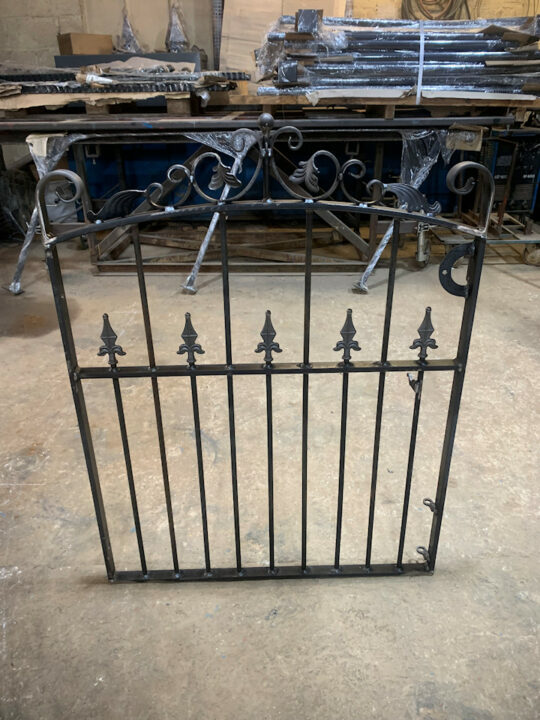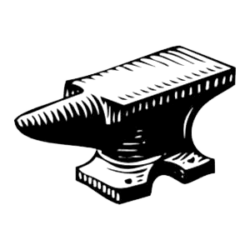Home ||| Information
Home ||| Information
Wrought iron is a type of iron alloy distinguished by its low carbon content (less than 0.05%) compared to cast iron.
Here’s a breakdown of its key characteristics:

Properties:
- Strength and Flexibility: Wrought iron is strong and relatively soft, making it malleable and ductile. This means it can be easily hammered and shaped into different forms without breaking
- Weldability: Wrought iron can be readily forge welded, a traditional technique where heat is used to join pieces of metal. However, modern electric welding methods are less effective
- Corrosion Resistance: Wrought iron offers decent resistance to corrosion compared to other types of iron.
Production (Traditional Method):
Traditionally, wrought iron wasn’t produced in the molten state like cast iron. Instead, it was derived from iron ore through a heating and hammering process:
Smelting: Iron ore was heated in a forge with charcoal to remove impurities, resulting in a clump of iron with slag (glass-like waste material).
Hammering: The hot clump was repeatedly hammered to expel most of the slag and condense the iron particles, forming a denser and stronger material.
This process produced wrought iron with a distinctive fibrous grain, visible on close inspection.
Modern Use:
While true wrought iron is no longer commercially produced due to its labor-intensive process, the term is often used for steel that’s been worked by hand or machinery to resemble wrought iron.
Here are some common applications of wrought iron or wrought iron-like materials:
Decorative elements: Fences, railings, gates, furniture, and other decorative features often use wrought iron for its aesthetic appeal and durability.
Architectural features: Historically, wrought iron was used for balconies, window grates, and other architectural elements.
Comparison to Steel:
Mild steel, a type of low-carbon steel, is now the more common and affordable alternative to wrought iron. While possessing similar properties, steel generally offers greater strength and can be effectively welded using modern techniques.
See some examples of our work

